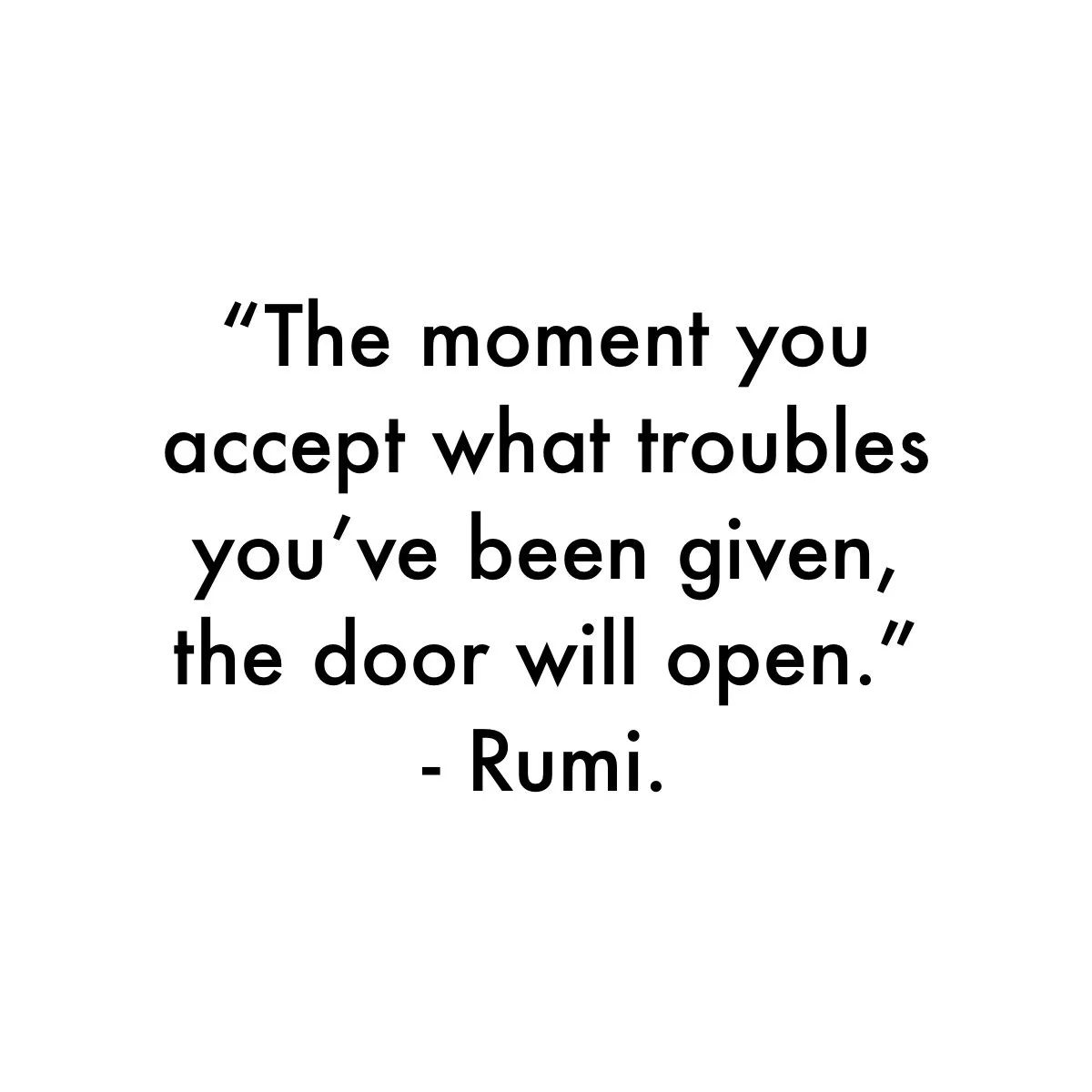Anger and frustration are both emotional responses, but they differ in their triggers, intensity, and how they are experienced:
Anger
Definition: A strong emotion of displeasure or hostility, often directed at someone or something perceived as causing harm, disrespect, or injustice.
Cause: Triggered by a sense of threat, perceived injustice, or violating personal boundaries or values.
Intensity: Typically more intense and immediate than frustration.
Expression: Depending on the person and situation, it can lead to outward behaviors like yelling, aggression, or assertiveness.
Focus: Often directed outward toward a specific person, situation, or object.
Purpose: Acts as a protective mechanism, motivating people to address threats or assert boundaries.
Frustration
Definition: A feeling blocked or hindered from achieving a goal or fulfilling a desire.
Cause: Triggered by obstacles, delays, or repeated unsuccessful attempts to achieve something.
Intensity: Often less intense but can build over time, potentially leading to anger if unresolved.
Expression: This may result in feelings of helplessness, impatience, or irritability; less likely to involve confrontation.
Focus: More inward or situation-specific, tied to the gap between expectations and reality.
Purpose: Signals a need for problem-solving, adaptation, or reconsideration of goals.
Key Difference
Anger often has a more immediate, reactive quality to perceived wrongs or threats, while frustration stems from prolonged barriers to progress or unmet expectations.
However, frustration can become anger if the barrier persists or becomes personal.

